Masala Chai Ingredients: What Makes This Spiced Tea a Global Favorite?
If you've ever sipped on a warm cup of spiced tea and felt instantly comforted, you're not alone. Masala chai, the iconic Indian spiced tea, has become a beloved ritual across the globe — not just for its warming flavor but also for its unique blend of spices known as masala chai ingredients. Whether you’re brewing it in the early morning chill or sipping it with friends on a rainy afternoon, this drink transcends cultures and seasons.
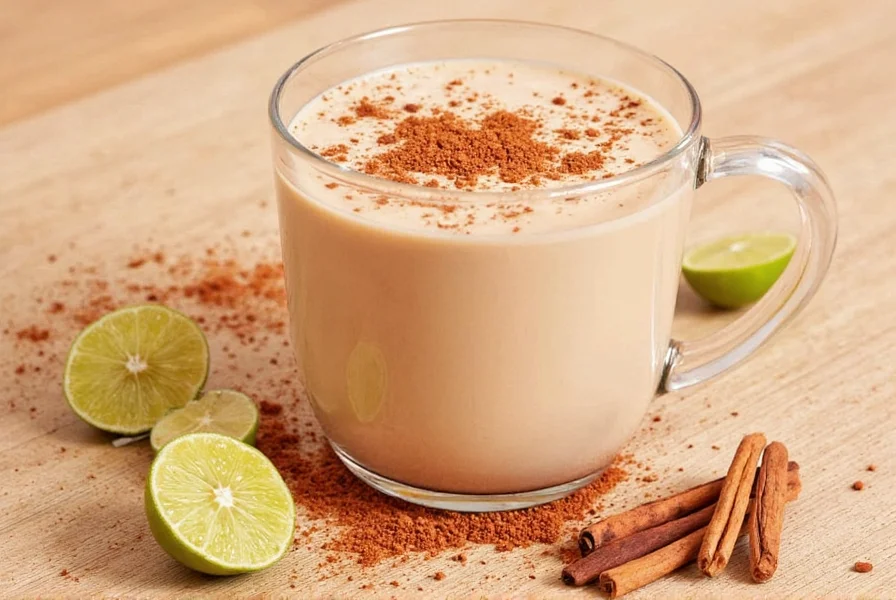
Table of Contents
- What is Masala Chai?
- The Core Masala Chai Ingredients
- Global Twists on Masala Chai
- Buying Guide: Choosing the Right Spices
- How to Brew the Perfect Cup
- Health Benefits of Masala Chai
- Conclusion
What is Masala Chai?
The word 'chai' simply means 'tea' in Hindi, but when we say 'masala chai,' we’re referring to tea infused with a blend of aromatic spices. Traditionally brewed with black tea leaves, milk, sugar, and a mix of whole spices, this beverage is more than just a drink — it's an experience. Originating in India, masala chai has evolved into a global phenomenon with countless regional adaptations.
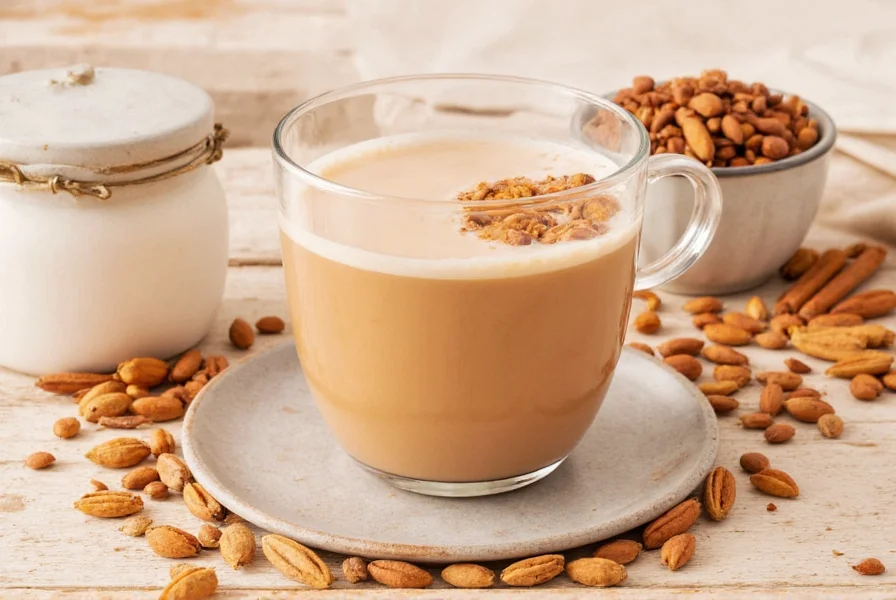
The Core Masala Chai Ingredients
While recipes can vary, there are some essential spices that form the backbone of any good masala chai. Here’s a breakdown of the key ingredients:
| Spice | Flavor Profile | Traditional Use |
|---|---|---|
| Cinnamon | Warm, sweet, woody | Adds body and sweetness |
| Cardamom | Fragrant, floral, citrusy | Signature aroma of chai |
| Ginger | Spicy, pungent, earthy | Warms the throat and adds bite |
| Cloves | Strong, sharp, slightly bitter | Promotes digestion |
| Black Peppercorns | Earthy, spicy, hot | Enhances bioavailability of other spices |
In addition to these core spices, many recipes include optional additions like star anise, fennel seeds, nutmeg, or even saffron depending on the region and personal taste.
Global Twists on Masala Chai
As masala chai gains popularity worldwide, different cultures have put their own spin on the traditional recipe. Here are a few exciting variations you might want to try:
- Vegan Chai: Replace dairy milk with almond, oat, or coconut milk for a creamy plant-based version.
- Kashmiri Kahwa: Uses green tea instead of black, with added saffron and dry fruits.
- Sri Lankan Cinnamon Chai: Focuses heavily on cinnamon bark for a sweeter, smoother profile.
- East African Chai: Often made with cardamom, cloves, and extra ginger, creating a bold and fiery flavor.
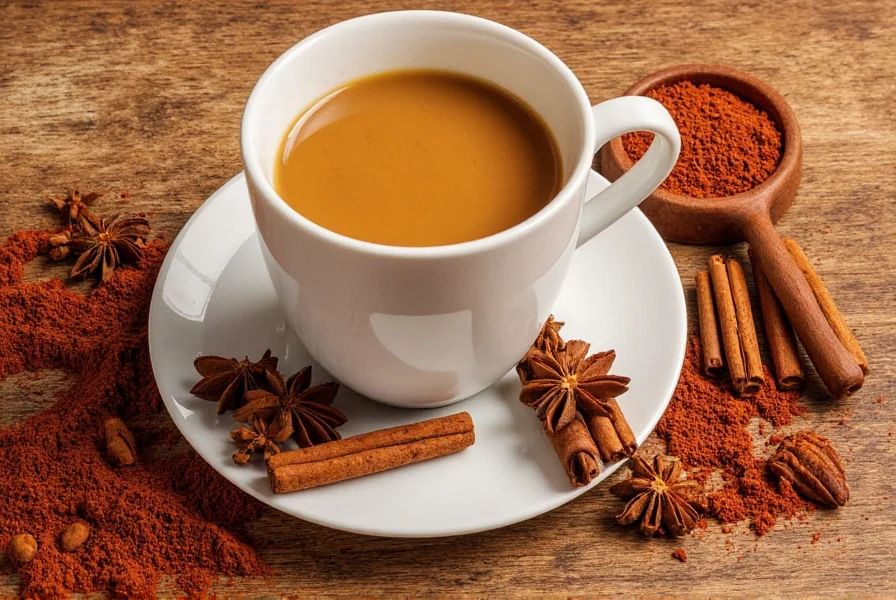
Buying Guide: Choosing the Right Spices for Your Chai
Whether you’re making your own spice blend or buying pre-mixed chai masala, quality matters. Here's a handy guide to help you choose the best ingredients:
| Product | Features | Advantages | Best For | Occasion |
|---|---|---|---|---|
| Whole Spices Blend | All-natural, no preservatives, customizable ratios | Superior flavor and aroma | Home brewers who love DIY | Morning ritual or weekend gatherings |
| Premixed Chai Masala | Convenient, ready-to-use, consistent taste | Time-saving, ideal for busy lifestyles | Office workers or quick prep lovers | Quick afternoon pick-me-up |
| Organic Certified Chai Mix | Eco-friendly, chemical-free, ethically sourced | Healthy option for conscious consumers | Wellness-focused individuals | Yoga mornings or meditation sessions |
| Vegan Chai Powder | Dairy-free, often flavored with vanilla or cocoa | Perfect for non-dairy alternatives | Vegans and lactose-intolerant folks | Plant-based brunches or cozy nights |
How to Brew the Perfect Cup of Masala Chai
Brewing a great cup of masala chai doesn’t require fancy equipment — just a little patience and attention to detail. Follow this simple step-by-step guide:
- Heat the water and milk: Start with equal parts water and milk (or all milk if you prefer stronger flavor).
- Add the spices: Crush or lightly bruise whole spices to release their oils before adding them to the pot.
- Add tea leaves: Use high-quality black tea — Assam or Darjeeling work wonderfully.
- Simmer gently: Let everything simmer for about 5–7 minutes without boiling.
- Sweeten to taste: Sugar or honey both work well, but jaggery gives a richer, traditional flavor.
- Strain and serve: Pour through a fine mesh strainer into mugs and enjoy!
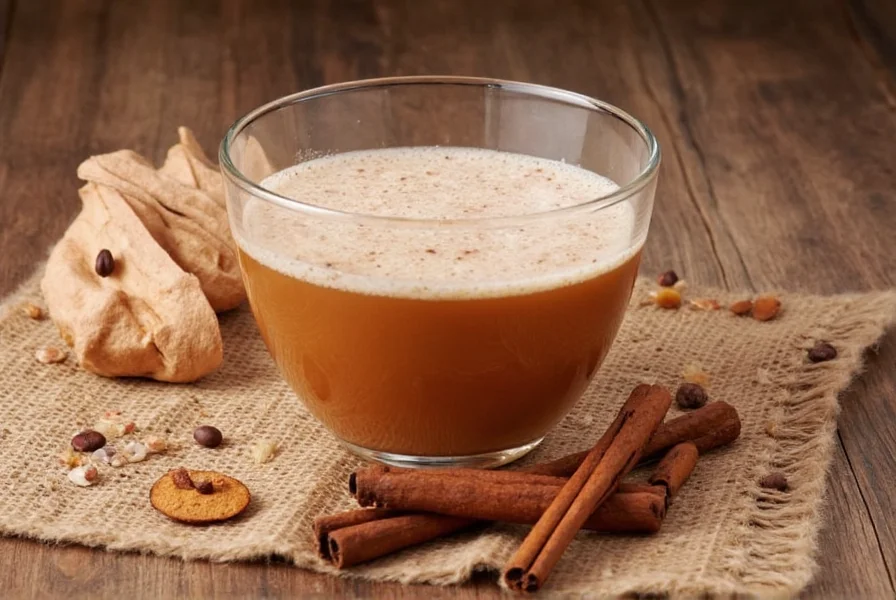
Health Benefits of Masala Chai Ingredients
Each spice in the masala chai blend brings its own set of health benefits. Here’s a quick rundown:
- Cardamom: Aids digestion, helps regulate blood pressure.
- Ginger: Soothes nausea, reduces inflammation.
- Cinnamon: Helps control blood sugar levels.
- Cloves: Natural antiseptic, supports oral health.
- Black Pepper: Boosts nutrient absorption and enhances metabolism.
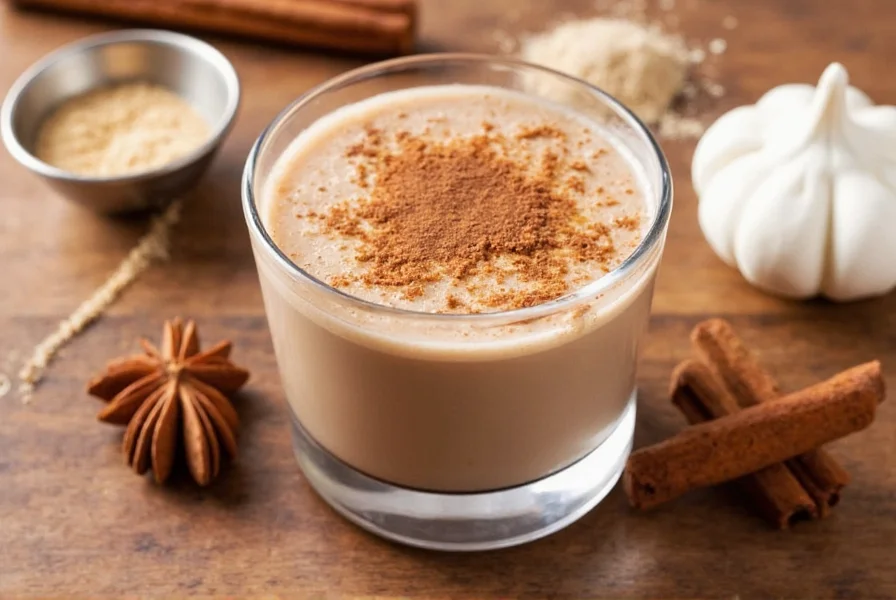
Conclusion
Masala chai is more than just a flavorful beverage — it’s a celebration of spices, tradition, and culture. Whether you're sticking to the classic masala chai ingredients or experimenting with global flavors, the magic lies in the warmth and comfort it brings. With the right blend and brewing method, every cup becomes a moment worth savoring. So go ahead, stock up on those spices, find your favorite ratio, and start brewing your own signature masala chai today.
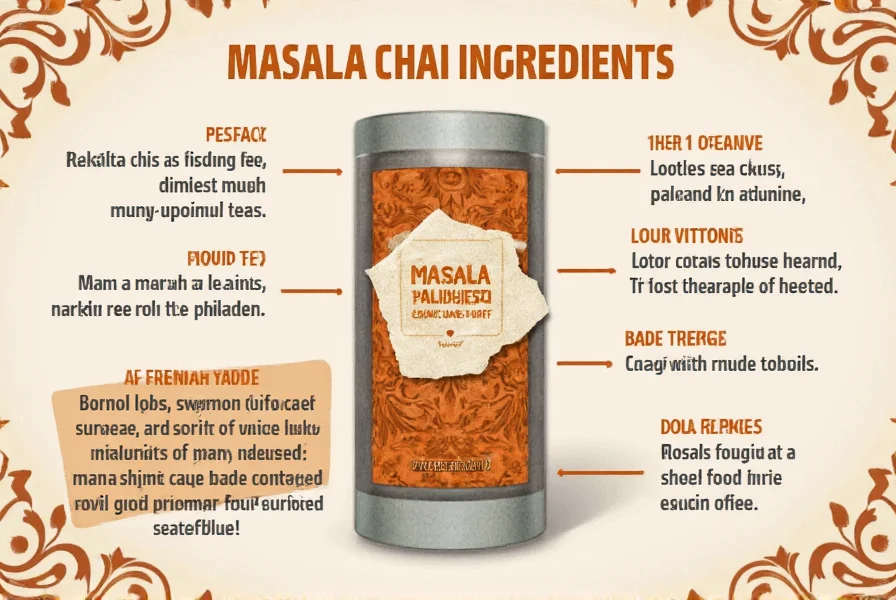

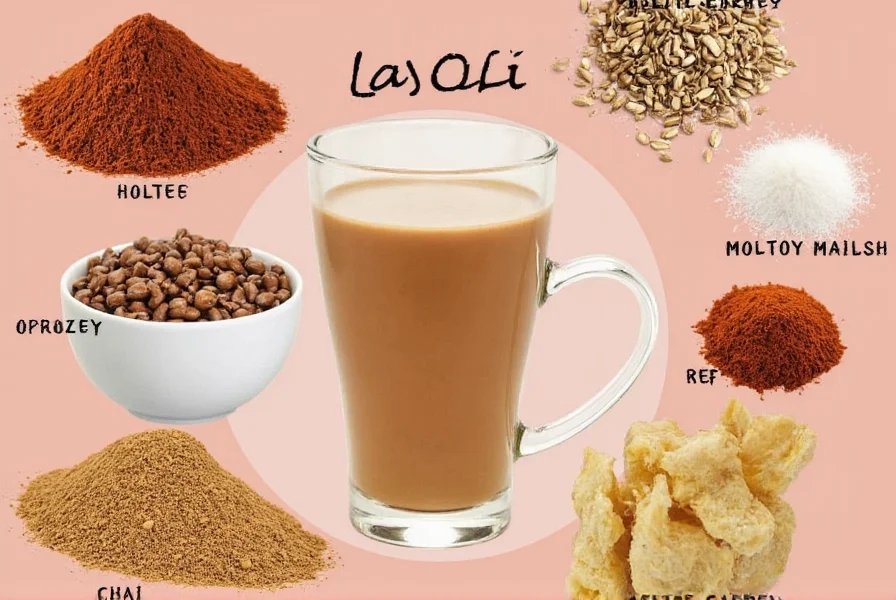









 浙公网安备
33010002000092号
浙公网安备
33010002000092号 浙B2-20120091-4
浙B2-20120091-4